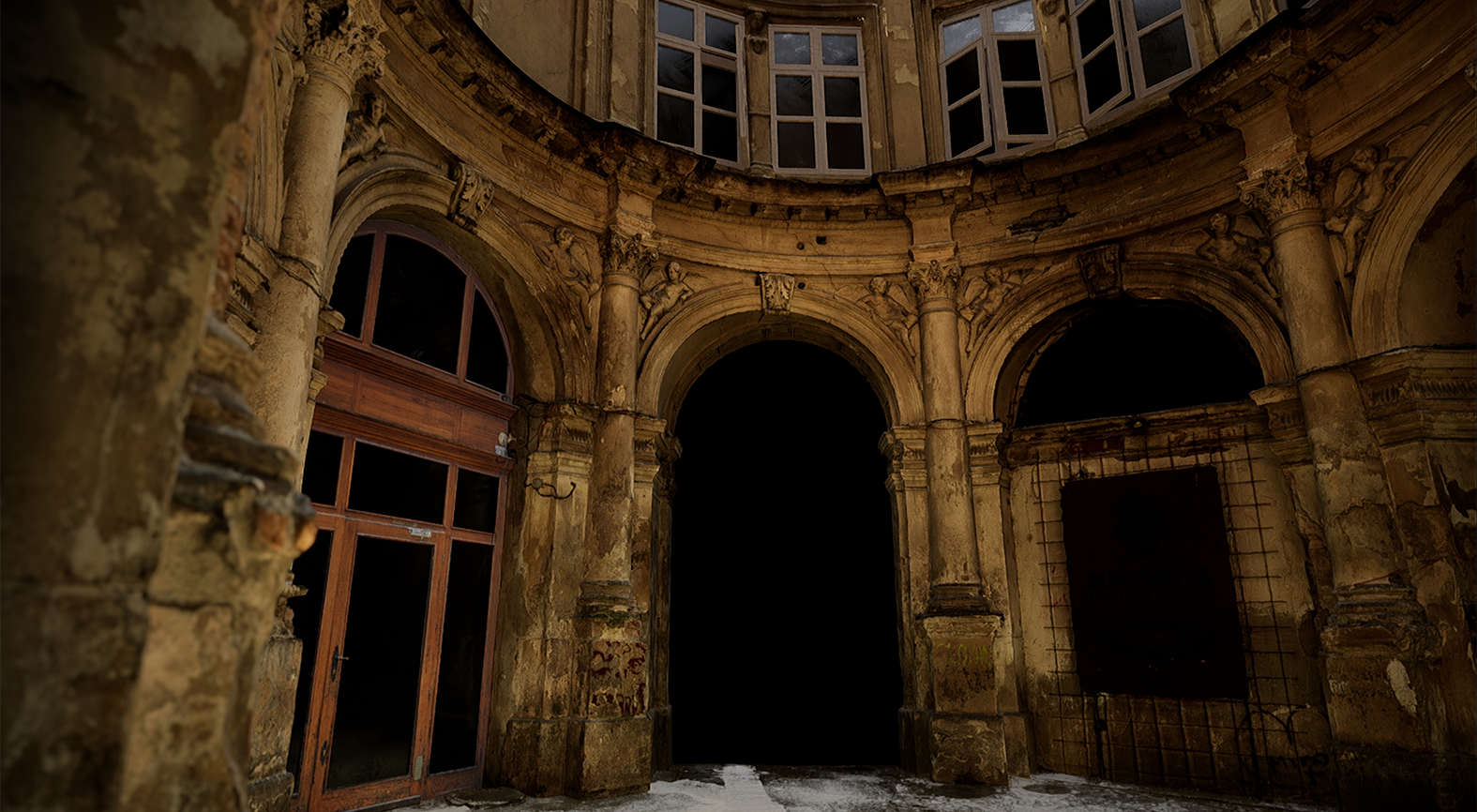Destroyed historic buildings preserved for future generations
The Monuments Board of the Slovak Republic (PUSR), with its archives, acts as the protector of monuments in Slovakia.
BACKGROUND
Fortunately, since 2006, the board’s representatives have become fully aware of the importance of digitising the archival documents under their administration. They started as one of the first memory institutions in Slovakia with scanning photographs, slides, glass negatives, plans, and images stored in .jpg and .tiff formats. Gradually, they added the oldest file agenda from the activities of monument authorities in Slovakia from 1919–1950 in .pdf format.
CHALLENGE
However, like many other memory institutions, over time they have tried to resolve the dilemma to enable keeping digitised data on the most durable medium possible without the need for constant migration. PUSR selected the parts of the funds and collections that were considered to be the most important. Some records are all the rarer because they capture historic buildings that no longer exist. The advantage of the archive is that most of the archive funds and collections are made available in electronically processed inventories, which form part of the archive information system. Therefore, PUSR was able to add an archive database with detailed data on scanned documents to the digital objects themselves. This makes the information comprehensive for the future user. In addition to the digitisation of 2D objects, such as archival documents, the Monument Board of the Slovak Republic, as the investigator of the national project Digital Monuments Fund, also dealt with the digitisation of 3D objects, i.e. property and other monuments (churches, castles, manors, townhouses, folk architecture, etc.). The Department of Digitisation and Graphic Documentation selected samples for the digitisation of rare sacral objects and their art equipment, as well as a memorial to fallen Soviet soldiers in World War II, for storing on piqlFilm. The outputs of 3D digitisation are various computer-intensive formats (point cloud, orthophoto maps, 3D panoramas, videos, polygonal models, drawings).
The situation is further complicated by unclear requirements for the actual digitisation and creation of metadata in Slovakia.
"What I like most about piqlFilm technology, in layman’s terms, is that it is a tangible medium that can be physically grasped by the hand and seen with one's own eyes. Technologies that work with portable data carriers are very vulnerable, unreliable and require constant conversion."
Martina Orosová, Head of the PUSR Archive
SOLUTION
Thanks to the fact that piqlFilm enables the recording and storage of digital and analogue data, as well as information about access codes, it is an absolutely revolutionary method that cannot be compared to other existing possibilities. The issue of how to store digital data long-term is even more demanding than the digitisation itself. Massive amounts of digital data and metadata is a problem to process and store with guaranteed accessibility in the future. Therefore, we deal with the backup and storage of digital data created in the Slovak Monument Board by burning it to portable media like external disks, magnetic tapes on a local server, and finally by storing it on a local cloud. Besides, the outputs of the Digital Monuments Fund are stored in the Central Data Repository at the University Library in Bratislava. However, none of these options guarantees a truly permanent, or long-term secure storage of digital objects, and in particular, their practical use not only now but also in the distant future. Even today, cultural heritage is constantly threatened not only by wars, conflicts, natural disasters, vandalism, and terrorism but also by the lack of interest, inattention, and neglect of protection by the heads of state administration and self-government, as well as the memory institutions themselves. Despite the amount of effort, energy, and funding devoted to the digitisation of the Slovak cultural heritage in the European project, the output in the form of the Slovakian portal is not satisfactory.
FUTURE
The issue of long-term storage of digital objects created so far should be addressed comprehensively and professionally as soon as possible. The storage of Slovakia’s digitised cultural heritage in the Arctic World Archives could be a matter of honour and prestige for the country.

